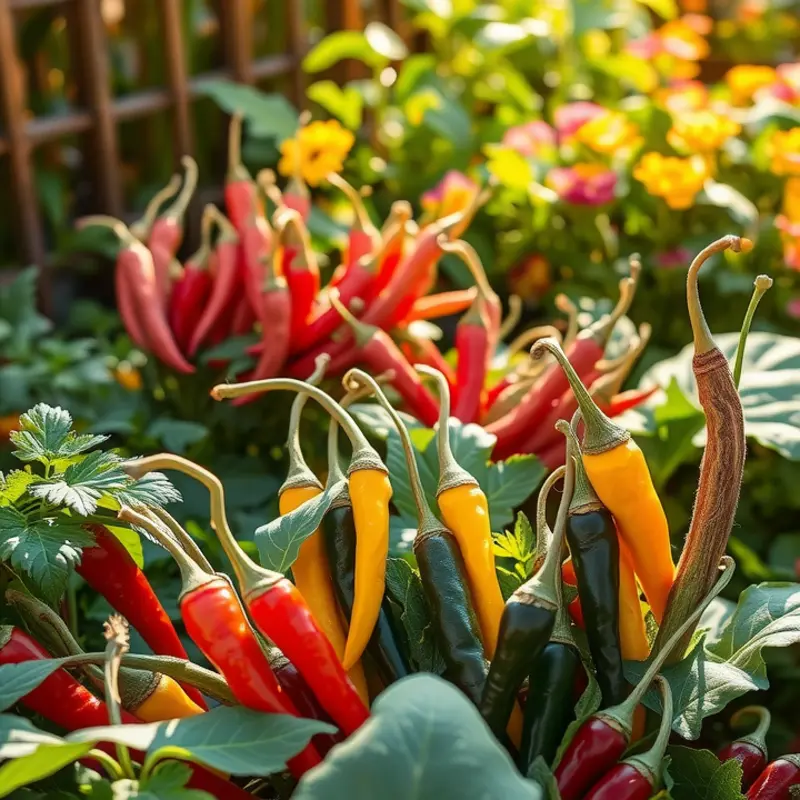National dishes serve as culinary ambassadors, reflecting the soul of a culture. Each dish is embedded with history, traditions, and the everyday life experiences of its people. By delving into the origins of these iconic foods, we uncover a rich tapestry woven from local ingredients, cooking methods, and cultural exchanges that have flourished over centuries. From feasts of celebration to everyday comfort, the narratives behind national dishes are as diverse as the flavors themselves.
Heritage on a Plate: The Story of Italy’s Risotto

Risotto, as an embodiment of Italian culinary wisdom, offers a glimpse into the verdant landscapes of Northern Italy where short-grain rice thrives. The dish’s creamy texture is a testament to both the fertile lands of the Po Valley and the harmonious marriage of simple ingredients—a culinary hallmark of Italy. This region, with its abundance of water and varied climates, has been pivotal in shaping risotto’s history, providing the perfect conditions for rice cultivation since it was introduced in the 14th century, likely through trade routes from Asia.
The dish’s simplicity belies its richness in historical context. Risotto emerged from the intersection of agriculture and ingenuity, requiring a delicate balance of local cheese, fragrant stock, and unprocessed rice to achieve its distinctive creamy consistency. This attention to texture and flavor reflects the Italian ethos of celebrating nature’s bounty without overwhelming it with complexity.
As we delve deeper into regional variations, it becomes clear that risotto is as varied as Italy’s diverse landscapes. Veneto boasts the Risotto al Nero di Seppia, where cuttlefish ink provides an inky depth to the dish, mirroring the lagoon landscapes of Venice. Meanwhile, Milan’s Risotto alla Milanese, enriched with saffron, intertwines culinary tradition with the city’s opulent past during the spice trade era.
Migration and trade have also indelibly left their marks on risotto’s development. The introduction of spices via the Silk Road added complexity to Italian cuisine, and risotto capitalized on these new flavors. This adaptability is exemplified by how different Italian regions have interpreted the basic risotto recipe using indigenous ingredients, illustrating the creative exchanges at the heart of Italian cooking.
Curiously, despite its external influences and luxurious appearance, risotto remains a comfort food—a reminder of family gatherings and rustic humility. This duality speaks to its resilience and ability to adapt without losing sight of its roots. As such, risotto serves as a delicious metaphor for Italian sociocultural history, reflecting both prosperity and the strength derived from persevering through hardship.
In exploring Italy’s culinary heritage, risotto stands out as a poignant symbol of cultural and agricultural synergy. Understanding its historical and cultural layers enriches our appreciation not only for the dish itself but for the landscapes and traditions that have sustained it.
Moreover, when exploring how trade influences culinary traditions, you might find the analysis of trade’s impact on food culture insightful here. Italy’s rich culinary tapestry reminds us that behind each comforting bowl, there is a centuries-old narrative of cultural exchange, adaptation, and celebration.
Spice Stories: The Origins of India’s Biryani

Biryani, the aromatic marvel from the Indian subcontinent, is a dish layered with history as much as with rice. Tracing back to its origins, we find the profound influence of Persian cuisine, where the technique of cooking rice with meat was already in vogue.
The entry of Mughal emperors into the Indian heartland blended these Persian influences with indigenous culinary practices. This fusion birthed the biryani, a luxurious dish often graced with saffron, a cherished spice indigenous to Persia. The Mughal courts took this dish to new heights, refining it over centuries.
Essential to biryani’s flavor are its spices. Cumin, cardamom, cloves, and bay leaves lay the aromatic foundation. Garam masala, a bold blend, provides depth and warmth, embodying regional variations as you traverse the subcontinent.
Traditional biryani is prepared using either dum or kachi methods. Dum biryani involves partially cooking rice separately and then layering it with marinated meat. The vessel is sealed, trapping steam for slow cooking. This technique originated from Persian kitchens, ensuring flavors harmonize seamlessly. Meanwhile, kachi biryani sees raw marinated meat cooked with rice, each grain absorbing savory juices.
As biryani traveled across India, it embraced local ingredients, resulting in a potpourri of flavors. In Hyderabad, rich ingredients like saffron and fried onions accentuate the dish, while in Kolkata, the presence of potatoes marks a unique cultural touchstone. The Malabar biryani from Kerala introduces coconut and curry leaves, showcasing regional biodiversity.
Across India, biryani is more than a meal; it’s a connection to history, an echo of a time when food signified prosperity and shared culture. The diversity in biryani reflects the regional complexity of India itself and highlights how globalization of spices blended international influences into a cohesive culinary masterpiece. For more on such global culinary influences, read about culinary influences of trade.
In exploring biryani’s rich tapestry, we grasp how food ignites cultural exchanges, shaping and reshaping regional identities as spices and stories are passed through generations. Biryani remains a favored dish, bonding people with the reverberations of history, one fragrant spoonful at a time.
Final words
The deep-rooted histories of national dishes like risotto and biryani exemplify how food transcends mere consumption, embodying centuries of culture and tradition. Through their evolution, these dishes narrate compelling stories of migration, social changes, and communal bonds. Understanding these culinary origins enhances our appreciation of global cuisines and invites us to celebrate diversity in flavors. So the next time you savor a national dish, remember it carries with it the whispers of history and tradition, uniting generations through the simple act of sharing a meal.








